Application integration approaches – choosing the right one for your project
18 November 2022 | Noor Khan

Growth is driven by increasing efficiency, reducing long terms costs and improving productivity. There are a wide variety of apps and software that can provide these benefits, however, if these apps are siloed, the benefits have limitations. Disparate systems will require more time and resources to navigate which can drain productivity, therefore app integration becomes a necessity.
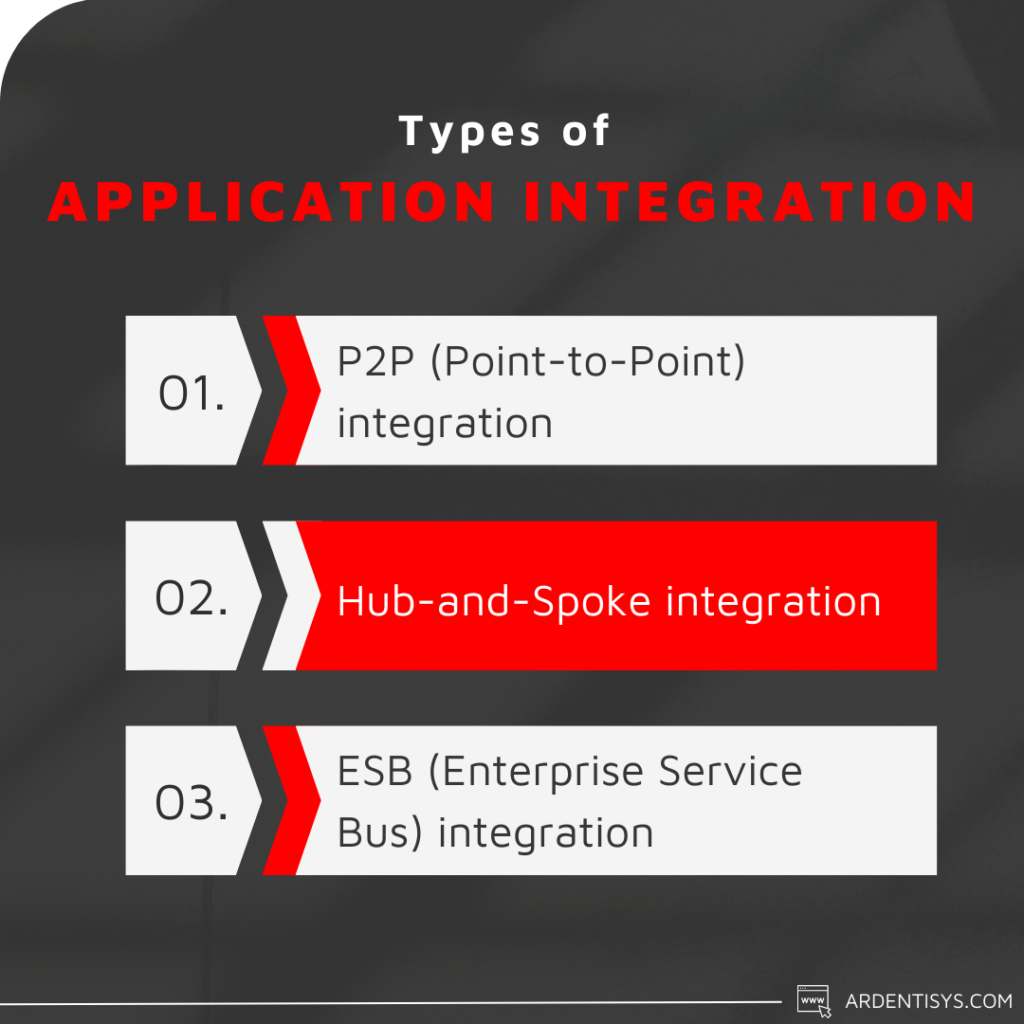
In this article, we will look at the three main application integration approaches including Point-to-Point, Hub-and-Spoke and Enterprise Service Bus so you can choose the right approach for your business and requirements.
P2P (Point-to-Point) integration
The P2P integration enables you to connect two or more apps with the code, this code can be written in multiple languages to create an increasing number of integrations as and when you need them. The P2P approach adopts middleware technologies such as APIs to exchange data between the apps being integrated. Here are some key benefits and limitations to consider if you are looking at leveraging P2P for your next app integration project:
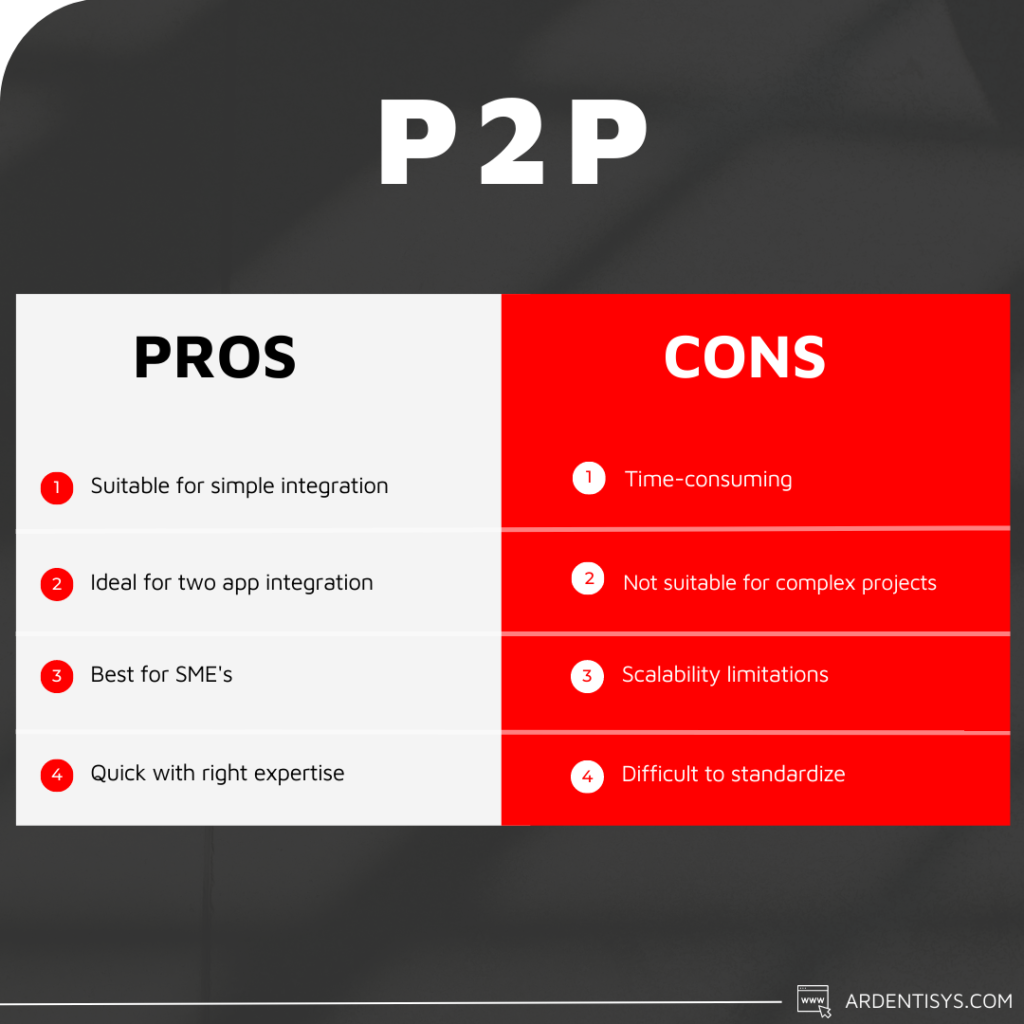
Benefits of P2P integration
- Suitable for shallow, simple integrations
- Ideal if you are only connecting two apps
- Good for businesses starting out or SMEs
- Can be implemented quickly with the right skills and expertise
Limitations of P2P integrations
- Time-consuming
- May not be suitable for complex integration
- Limitations of scalability
- Costly as the number of integrations increase
- Difficult to enforce a standard
Hub-and-Spoke integration
The Hub-and-Spoke model of integration was the answer to the limitations that the P2P method presented. This model created a centralized hub that has all the applications integrated with it through adapters which are known as Spokes. The hub itself is the MOM (Message Orientated Middleware) which decides how and where the data is shared. Here are some benefits and limitations of hub-and-Spoke to consider:
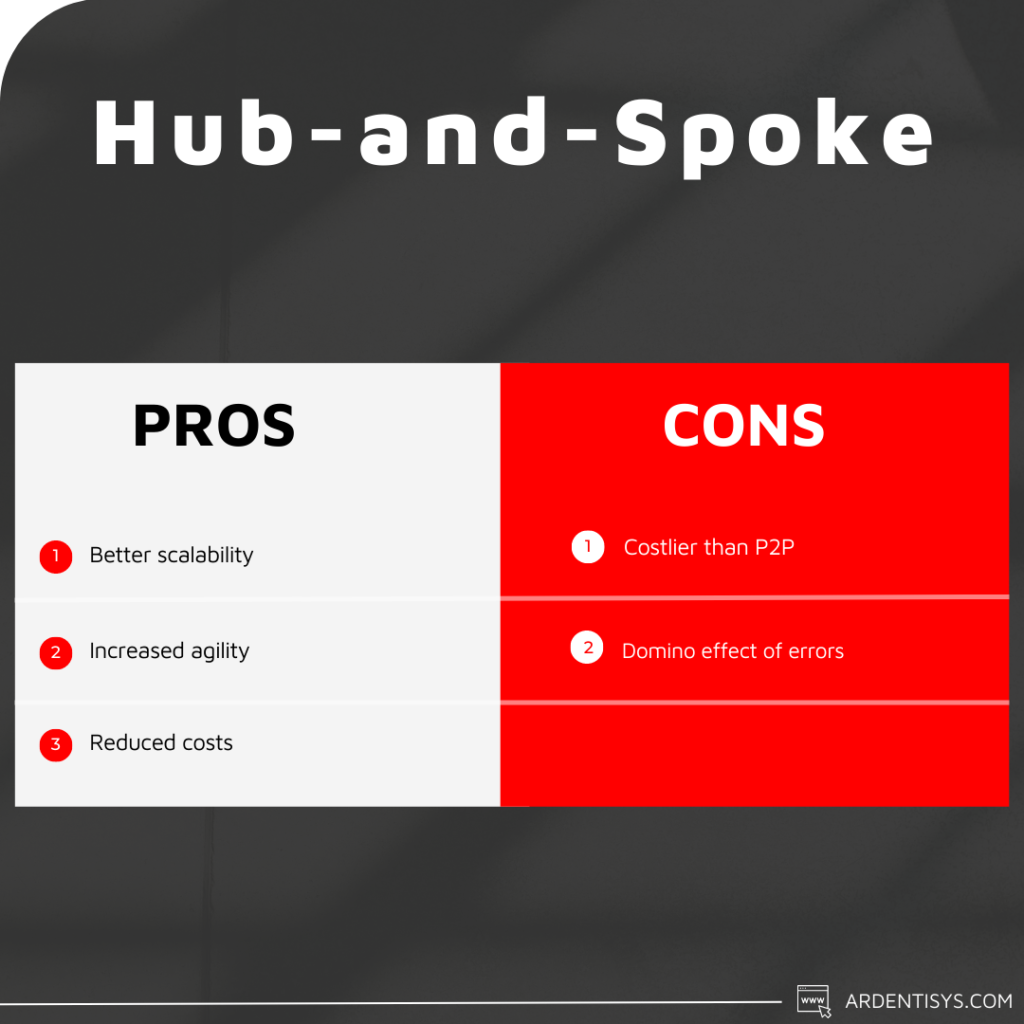
Benefits of Hub-and-Spoke integration
- Enables better scalability than P2P with a simplified architecture
- Increases agility enabling you to adapt and evolve to meet the everchanging business demands
- Reduces costs of integration
Limitations of Hub-and-Spoke integration
- Can be costly compared to P2P and requires an initial investment for the setup of architecture
- One system error may impact the entire ecosystem of apps
ESB (Enterprise Service Bus) integration
The ESB model for app integration uses a central bus which enables the app to communicate with each other without dependency. The ESB is an agile approach to integration and is an alternative to the limitations that come from P2P integrations. The applications are decoupled and can communicate with the use of an adaptor. Here are the benefits and limitations of ESB that you need to consider before adopting this model for app integration.
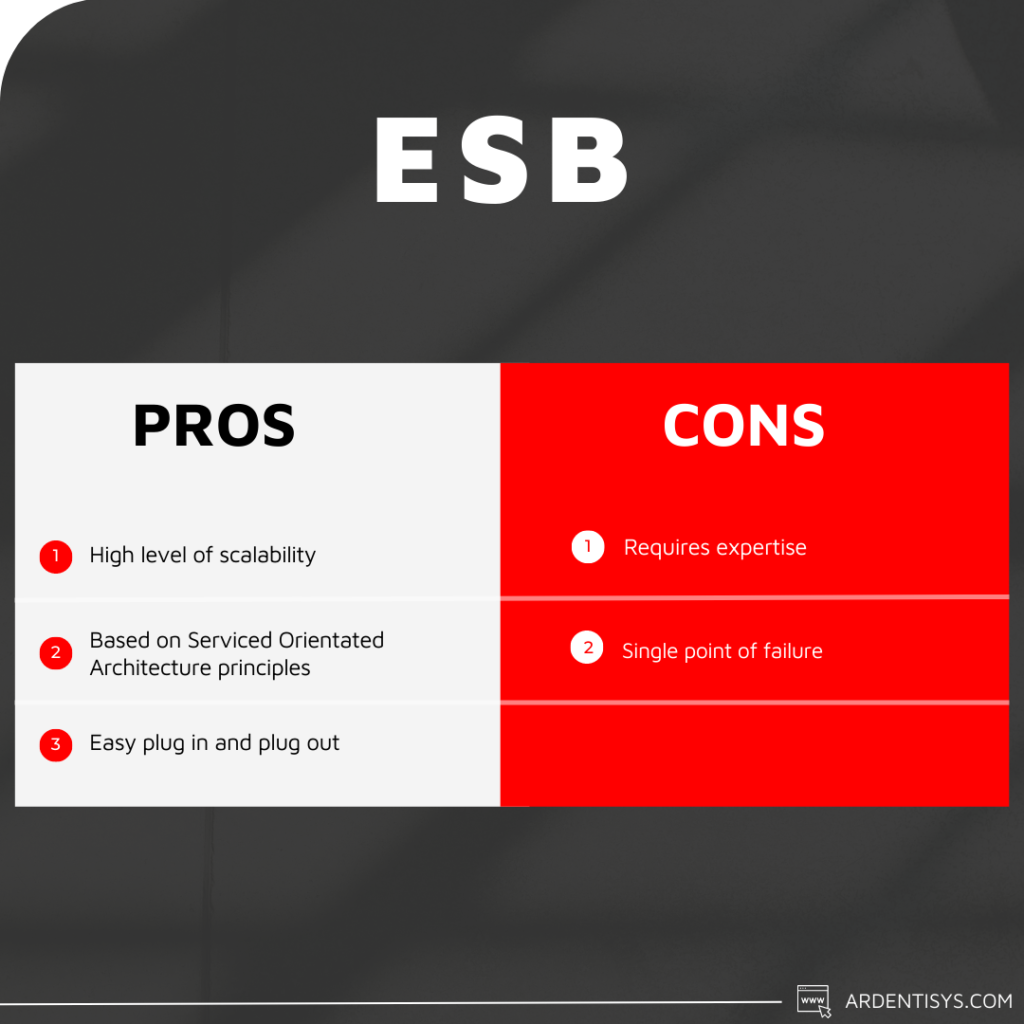
Benefits of ESB integration
- Based on Service Orientated Architecture principles
- High level of scalability due to the ability to add and integrate multiple apps as businesses grow and evolve
- Easily plug and plug out apps with decoupling based on business requirements
Limitations of ESB integration
- Will require expertise and skill to build and maintain
- Single point of failure as all apps are routed through one centralised location
Ardent app integration services
Choosing the right application integration approach for your organisation will depend on your unique business needs and requirements. If you are unsure about which approach is right for you, Ardent's highly skilled app integration experts can provide guidance on how to best solve your challenges with the right type of app integration for you. If you are looking to outsource your application integration services to uncover business insights, improve productivity and increase efficiencies, we can help. Discover our client success stories to find out how they are thriving with Ardent software solutions:
- A complete recruitment software product to get the job done
- Warehouse management automation user-friendly app
- Making logistics simple with fine art storage and preservation software
You tell us your challenges and we will find the right solution for you, get in touch to find out more or to get started.
Ardent Insights

Are you ready to take the lead in driving digital transformation?
Digital transformation is the process of modernizing and digitating business processes with technology that can offer a plethora of benefits including reducing long-term costs, improving productivity and streamlining processes. Despite the benefits, research by McKinsey & Company has found that around 70% of digital transformation projects fail, largely down to employee resistance. If you are [...]
Read More... from Application integration approaches – choosing the right one for your project
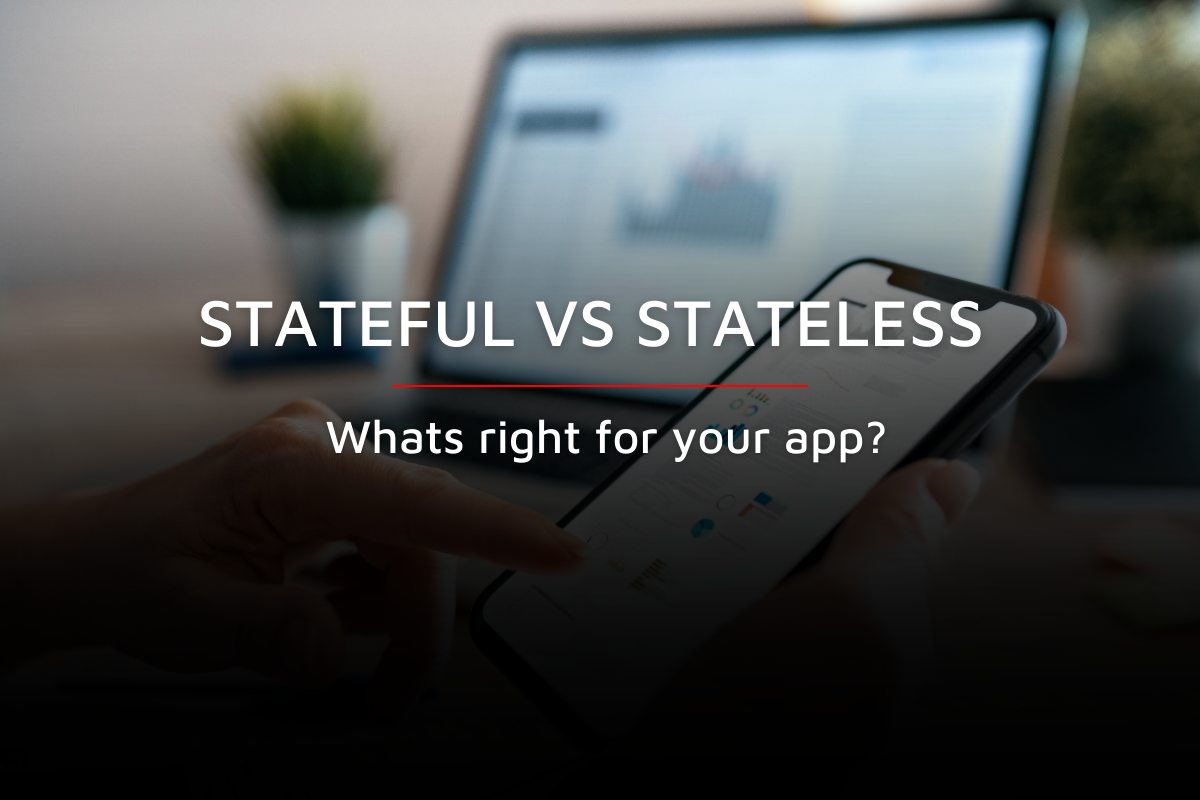
Stateful VS Stateless – What’s right for your application?
Protocols and guidelines are at the heart of data engineering and application development, and the data which is sent using network protocols is broadly divided into stateful vs stateless structures – these rules govern how the data has been formatted, how it sent, and how it is received by other devices (such as endpoints, routers, [...]
Read More... from Application integration approaches – choosing the right one for your project

Getting data observability done right – Is Monte Carlo the tool for you?
Data observability is all about the ability to understand, diagnose, and manage the health of your data across multiple tools and throughout the entire lifecycle of the data. Ensuring that you have the right operational monitoring and support to provide 24/7 peace of mind is critical to building and growing your company. [...]
Read More... from Application integration approaches – choosing the right one for your project






